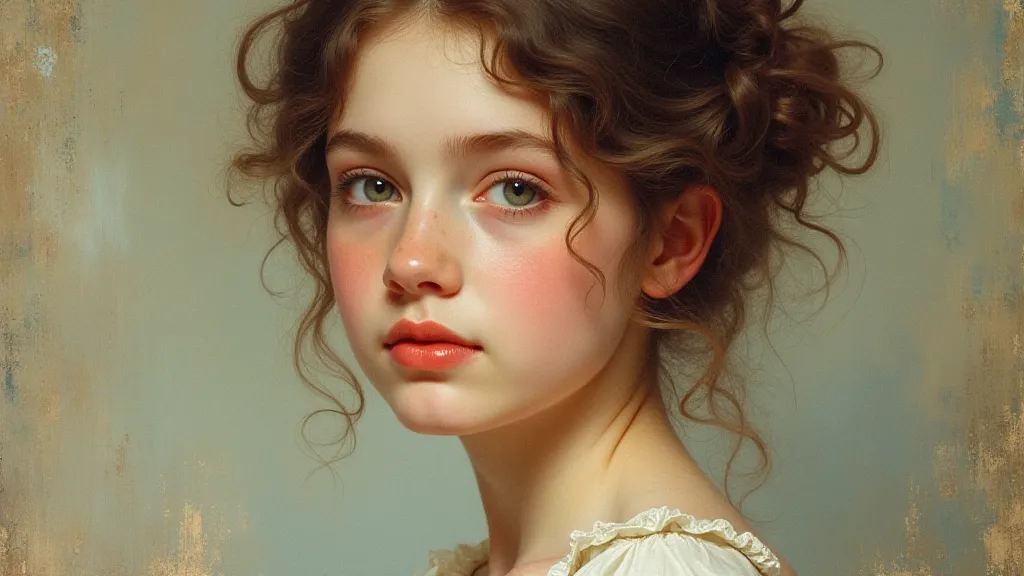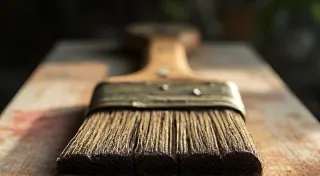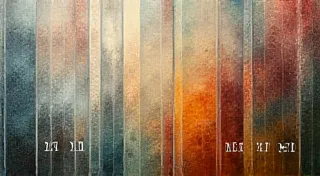The Painter's Residue: Tracing the Hands That Gave Life to Stillness
The Victorian era. A time of burgeoning industry, imperial grandeur, and, for the burgeoning field of photography, a unique artistic quest. While early photographic processes captured reality with startling clarity, they were inherently monochromatic – shades of brown, gray, and sepia dominating the visual landscape. But the desire for color, for vibrancy, was persistent. Enter the colorist, a largely unsung hero of the Victorian photography world, transforming stark black and white images into scenes of surprising warmth and life.
We often think of photography as a purely mechanical process, a faithful reproduction of reality. But in the Victorian era, it was, crucially, a collaborative one. The photographer captured the image – often a momentous occasion, a formal portrait, or a carefully staged scene. Then, the image passed into the hands of the colorist. These were not simply technicians; they were artists, possessing a keen eye for detail, a steady hand, and a profound understanding of color theory. Their work was a delicate balance between mimicking nature and injecting an artistic interpretation. It's a truth that speaks to a beautiful and often overlooked aspect of historical photography.
The Dawn of Color: Processes and Possibilities
The earliest attempts at Victorian photography tinting were rudimentary. Dry plate photography was the technology dominating the 1860s, allowing for faster processing and, therefore, a greater output. Often, tints were added with simple watercolors, applied directly to the photographic print. A flush of pink to the cheeks, a touch of green to foliage, a hint of blue to a woman’s dress - these subtle additions offered a sense of realism and emotional resonance that the black and white print alone could not convey. This process was rapid, and often resulted in a rushed, somewhat uneven application of color.
As photographic processes evolved, so too did the methods of tinting. The albumen print, renowned for its sharp detail and glossy surface, became a favored medium. Colorists would begin with a delicate wash of pigment – usually aniline dyes, which offered a wider range of hues than traditional watercolors – applied with tiny brushes. This initial wash would be followed by multiple layers, each painstakingly applied to build up the desired color depth and intensity. The process was immensely time-consuming, often requiring hours, even days, to complete a single print. This laboriousness is a crucial element in understanding the value and rarity of hand-tinted Victorian photographs today.
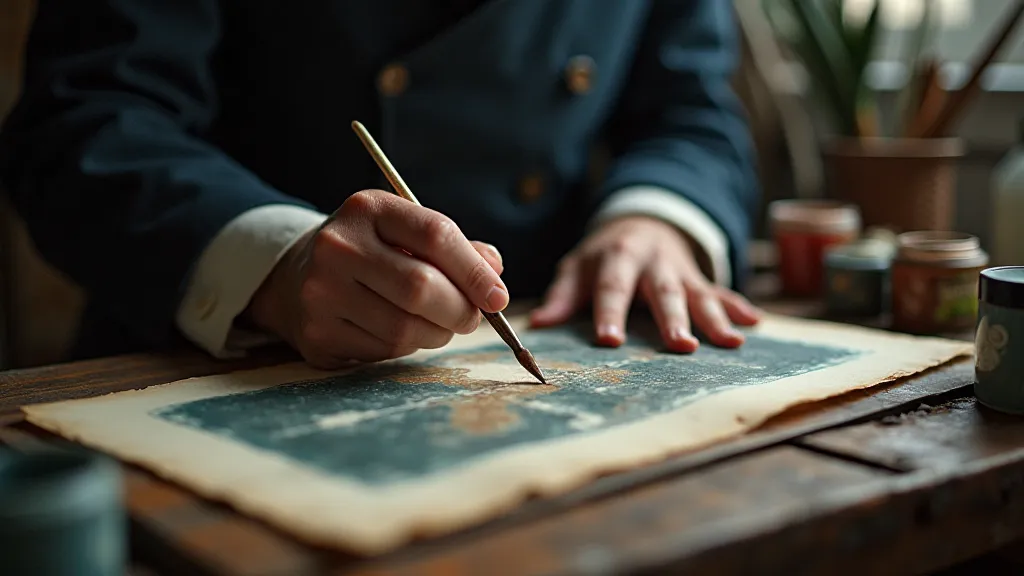
Beyond Mimicry: Artistic Interpretation and Style
While accuracy in depicting color was important, the Victorian colorist also possessed a considerable degree of artistic license. They weren't simply copying reality; they were interpreting it. Faces were often idealized, skin tones were softened, and landscapes were subtly enhanced. The use of color could be highly symbolic, with red signifying passion, blue representing tranquility, and green evoking nature’s vitality. Some colorists developed distinct styles. Some favored a vibrant, almost flamboyant palette, while others preferred a more subdued, delicate approach.
Consider the portraits of children. Often, rosy cheeks were exaggerated, bright ribbons were added to their hair, and a perpetual state of innocent joy was depicted. These weren’t necessarily accurate representations of the child’s personality, but rather a deliberate attempt to create a sentimental and pleasing image, perfectly suited for display in a Victorian parlor. It’s a testament to the power of the colorist to not only add color but to evoke specific emotions and narratives.
The Lost Hands: Identifying and Appreciating the Colorists
Perhaps the most poignant aspect of Victorian photography tinting is the anonymity of the colorists. Unlike the photographer, who often signed their work, the colorist's contribution was often overlooked, their names lost to history. We know little about their lives, their training, or their personal artistic philosophies. Many were women, employed in large photographic studios, performing the tedious and repetitive task of coloring prints, often for very little pay. Their skills were invaluable, yet their contributions were rarely recognized.
Identifying a photograph’s colorist is exceedingly difficult, often requiring meticulous examination of the coloring style and comparison to known examples. Certain studios employed colorists who developed characteristic techniques – a particular shade of blush, a distinctive way of rendering foliage – which can provide clues to the artist's identity. However, the lack of signatures and studio records makes definitive attribution a rare achievement. It underlines the vital role these individuals played in shaping the aesthetic of the era, and their subsequent obscurity is a sobering reminder of the social hierarchies of the time.
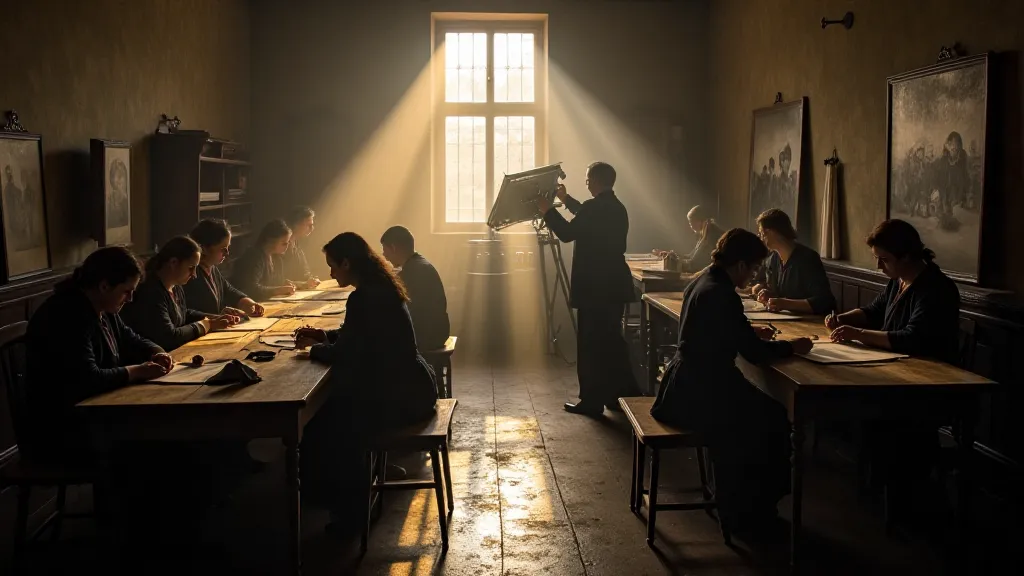
Collecting and Preservation: Honoring the Legacy
Today, hand-tinted Victorian photographs are highly sought after by collectors and enthusiasts. They represent not only a unique art form but also a tangible connection to a bygone era. The value of these photographs is influenced by several factors, including the quality of the photographic print, the skill of the colorist, the subject matter, and the rarity of the image.
Preserving these delicate artifacts is paramount. Proper storage, away from direct sunlight and fluctuating temperatures, is essential. Handling should be minimized, and any cleaning should be undertaken by a qualified conservator. Digital archiving, creating high-resolution scans of the photographs, ensures that their beauty and historical significance can be appreciated for generations to come. It's a commitment to honoring the artistry and craftsmanship that characterized this unique photographic epoch.
A Fading Hue: The Future of Appreciation
The Victorian era of hand-tinted photography serves as a beautiful reminder of the human element in image-making. In a world increasingly dominated by digital manipulation and instant gratification, it's easy to forget the skill, patience, and artistry that went into creating these early photographs. The “painter’s residue,” the faint traces of the colorist’s hand, provides a window into a time when photography was truly a collaborative art form.
By appreciating the legacy of these unsung heroes, we not only celebrate their artistic contributions but also gain a deeper understanding of the history of photography itself. It’s a story of creativity, craftsmanship, and the enduring power of the human touch.
